On average, an injectable filler session is cheaper than facelift plastic surgery. The same applies to almost all non-surgical rejuvenation treatments to their surgical counterparts. However, a facelift is a much better choice for many patients and can be worth the price difference. Let’s explain the differences in these procedures and when it might be better to choose one over the other.
Your Facial Rejuvenation Consultation
Board-certified plastic surgeon Dr. Parham A. Ganchi is proud to offer patients a full range of aesthetic procedures at his New Jersey practice, including both facelift surgery and injectable fillers. With his extensive knowledge and experience in aesthetic care, Dr. Ganchi will examine your symptoms and consider your short and long-term goals to determine which path is best for you and your budget.
When Are Injectable Fillers The Better Option?
Injectable dermal fillers are excellent for treating mild to moderate facial skin aging, such as fine lines and minor wrinkles and folds. At Ganchi Plastic Surgery, we provide Juvederm® and Restylane® fillers, both of which contain hyaluronic acid (HA) as their primary ingredient. When HA is injected into the skin, it attracts nearby water molecules, resulting in added volume and improved hydration for a fuller, smoother look.
While typically having a much lower upfront cost than a facelift, HA fillers will gradually dissolve, necessitating ongoing follow-up sessions every six months to a year (priced separately). Many patients prefer HA injectables for this temporary aspect; it allows them flexibility in case they’d like to use more or less filler in the future.
Additionally, not everyone is a candidate for cosmetic surgery or is comfortable with its higher initial price. Also, consider the recovery period: you’ll need to take at least two weeks off from work after facelift surgery.
Meanwhile, injectable fillers are known as “lunch break treatments” because patients can usually head right back to work that same day. (Intense physical activity can be resumed within 24-48 hours.) This difference in recovery timetables can make injectable fillers more appealing to patients without paid time off or who work in a physically demanding industry.
When Is A Facelift The Stronger Choice?
Facelift plastic surgery is the much stronger option for patients with more severe wrinkles and folds and loose, sagging facial skin. It is frequently the more effective and powerful choice for patients in their 40s to early 60s with a higher degree of facial aging.
And while the initial cost of a facelift procedure may seem high, it can be worth it in the long run; patients will typically enjoy their significantly enhanced, more youthful appearance for 10 years or longer.
Patients may also consider upgrading their look even further by combining their facelift with other cosmetic procedures such as the neck lift or brow lift. For a volume increase, you could even consider chin or cheek implants. Choosing a combination approach, with just one operation and one recovery period, is usually more budget-friendly than scheduling separate surgeries.
Let Us Help You Decide
Trying to figure out which anti-aging treatment(s) are right for you is made easier when speaking to a skincare expert like Dr. Parham A. Ganchi. Contact Ganchi Plastic Surgery today to schedule your consultation to learn more about which facial cosmetic procedures you may qualify for!
